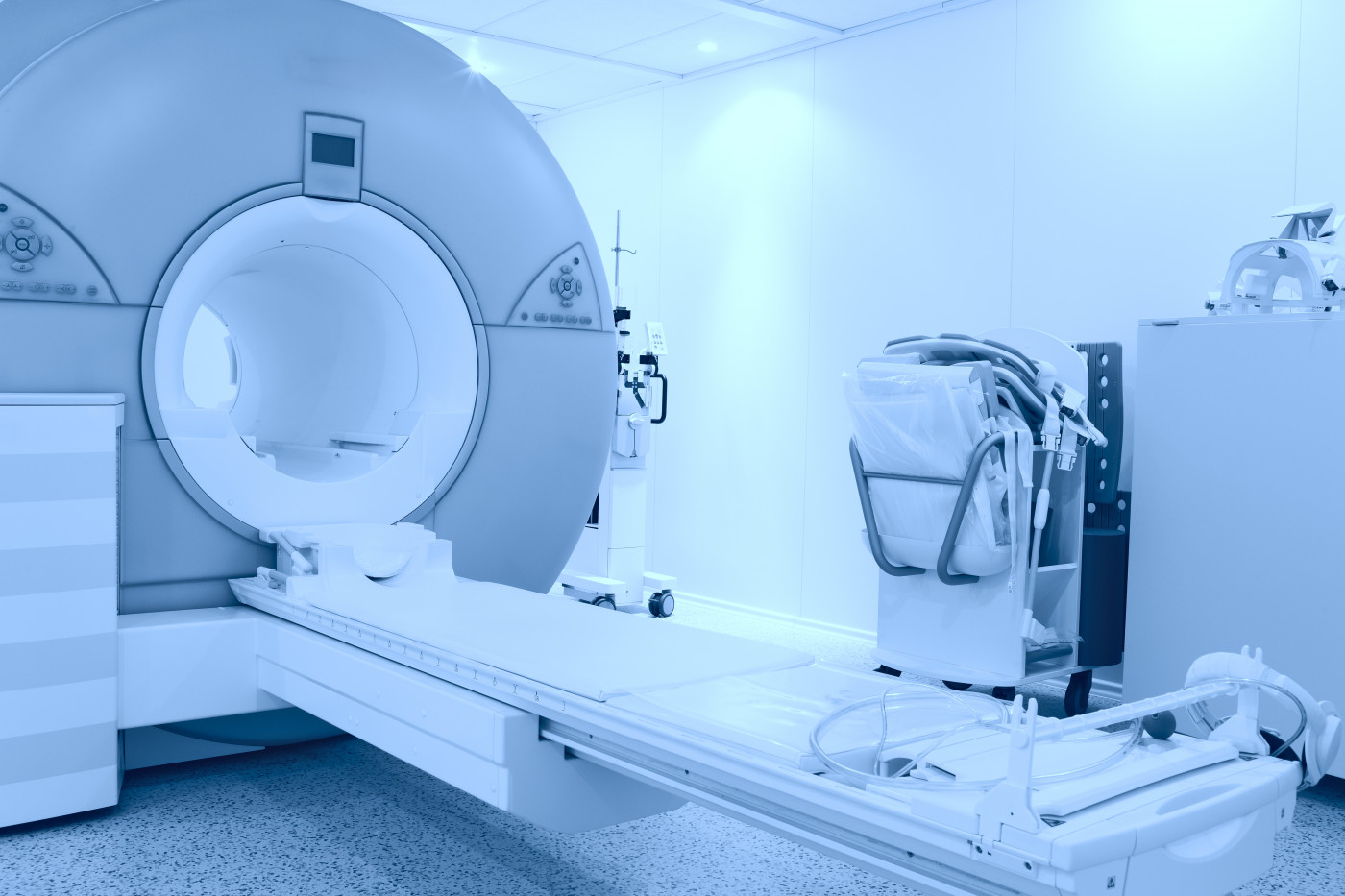Early MRI Screening Can Predict Long-term MS Disability, Help Guide Treatment, Study Says
Written by |

Routine screening through magnetic resonance imaging (MRI) of people with multiple sclerosis (MS) can predict long-term disease progression — leading to more certainty and informing better treatment choices, a 15-year study reported.
The study, titled “Early imaging predictors of long-term outcomes in relapse-onset multiple sclerosis,” was published in the journal Brain. It was funded by the National MS Society.
Disease progression in MS is highly variable among patients due to differences in the rate of progression, and the irregular accumulation of physical and cognitive impairments. These variables make it difficult to predict long-term disability outcomes, the best course of treatment, and the risk of developing more progressive forms of MS.
MRI scans are routinely used to confirm an MS diagnosis by identifying lesions in the brain and spinal cord caused as a result of demyelination. Researchers now wondered if early MRI screening, immediately following a diagnosis of clinically isolated syndrome (CIS) — a neurologic episode that can progress to MS — can predict long-term outcomes.
To test this hypothesis, the researchers investigated early MRI predictors of key long-term outcomes in people after a CIS episode.
A total 166 patients with no previous history of neurological symptoms underwent MRI scans of their brains and full spinal cord within 3 months of CIS diagnosis as a baseline. MRI scans were also conducted after one year (in 135 patients), and three years (in 121 patients). Clinicians recorded the number of new lesions, and brain and spinal cord volumes.
The patients were followed up for about 15 years.
The individuals’ physical disabilities were assessed using the Expanded Disability Status Scale (EDSS), which primarily measures a person’s ability to walk independently. Cognitive abilities were assessed using the Paced Auditory Serial Addition Test (PASAT), and the Symbol Digit Modalities Test (SDMT). Those unable to attend the clinic were assessed by telephone based on EDSS alone.
After the follow-up period, 119 (72%) patients developed MS. Of those, 94 (57%) were diagnosed with relapsing-remitting MS (RRMS), and 25 (15%) with secondary progressive MS (SPMS). A total 45 (27%) people remained CIS, and two (1%) developed other disorders.
Researchers found that the baseline, or starting MRI results for brain and spinal cord lesions were independently linked to SPMS development after 15 years. Comparing scans at one and three years showed that persistent brain lesions, and new spinal cord lesions, also were associated with SPMS.
“At baseline, the patients who developed secondary progressive multiple sclerosis at 15 years had a higher median number of spinal cord lesions (1 versus 0), compared with patients who remained relapsing-remitting multiple sclerosis,” the researchers said.
Follow-up MRI scans of the brain and spinal cord also revealed that SPMS patients “showed a higher median number of new…spinal cord lesions compared with those with RRMS at 15 years,” the team added.
These links were confirmed with EDSS values, as baseline lesions also showed a consistent association with disability scores at 15 years. Furthermore, both the PASAT and SDMT tests results were associated with brain lesions after 15 years.
The researchers turned to regression analysis to compare data between the baseline — the first MRIs — and the 15-year follow-up. That revealed that the risk of developing SPMS in those with no brain or spinal cord lesions at the time of CIS diagnosis was 5.3%, compared with 45.5% in patients with at least two brain lesions and one spinal cord lesion.
A second analysis incorporating the first 3 years of MRI data showed similar results. That is, the risk of developing SPMS was 0.9% in the individuals without new brain or spinal lesions, compared with 53.1% in those with one or more new brain and spinal lesions.
The cognitive evaluation was consistent with these results, the investigators said. New brain lesions after one year were associated with decreased performance on the PASAT and SDMT tests 15 years later.
Researchers therefore concluded that baseline MRI lesions — namely two or more brain lesions, and one or more spinal cord lesions — were independently associated with a higher likelihood of SPMS development 15 years later.
“Our findings suggest that early focal inflammatory disease activity and spinal cord lesions are predictors of very long-term disease outcomes in relapse-onset multiple sclerosis,” the researchers said.
“Established MRI measures, available in routine clinical practice, may be useful in counseling patients with early multiple sclerosis about long-term prognosis, and personalizing treatment plans,” the team added.
The researchers said the study was “crucial.”
“Being able to predict how a person’s MS might progress will mean more certainty, better treatment choices, and hopefully better long-term outcomes for everyone living with the condition,” Wallace Brownlee, PhD, of the University College London (UCL) and one of the study’s lead authors, said in a press release.
“We already use MRI scans to diagnose MS and to monitor the course of the disease. These findings — which suggest existing measures, routinely available in clinical practice, can provide a long-term prognosis — are a major advance that will be welcomed by many in the MS community,” Brownlee said.
According to the team, early MRI data may help healthcare professionals personalize treatment plans, especially in people identified as being at high-risk for disease progression.





